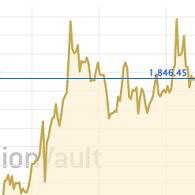Gold Standard Recommendation
"But if what is used as a medium of exchange is fluctuating in its value, it is no better than unjust weights and measures, both which are condemned by the laws of God and man, and therefore the longest and most universal custom could never make the use of such a medium either lawful or reasonable."
"To emit an unfunded paper as the sign of value ought not to continue a formal part of the Constitution, nor ever hereafter to be employed; being, in its nature, pregnant with abuses, and liable to be made the engine of imposition and fraud; holding out temptations equally pernicious to the integrity of government and to the morals of the people."








 Email us
Email us